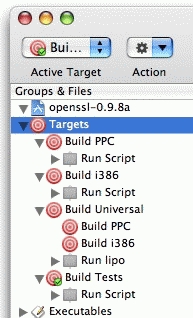Is Smaller Better?
In the past couple of months I thought about spending some money on either a Nintendo Wii or a multi-purpose media box (not to mention my anxiety over buying an unmodifiable blackbook). Over the past 3 years I’ve looked at smaller cases as “better”. Before that it was always the full tower case that provided more room and ease-of-use. In this vein I’ve been looking at the world of mini-itx for the past several months.
VIA created the mini-itx specification for itself, but since its creation other companies started creating motherboards with this spec and recently so has Intel. The spec allows for a low-power consumption CPU, which is great for point-of-sales machines, thin clients, and more. The other use of mini-itx, popular amongst personal users, is as a Home Theater PC (HTPC) or media center.


 People like their applications to work. Even better, they like them to work, even when things change. For the WinTel world, this isn’t a big deal (Vista aside ;), because the underlying
People like their applications to work. Even better, they like them to work, even when things change. For the WinTel world, this isn’t a big deal (Vista aside ;), because the underlying 
 Faced with a need to recover images from Robert’s camera after a defective card-reader nuked the filesystem superblock, a quick utility came to mind. Nuked superblocks mean no file allocation table. It means no metadata. But it does not mean no data.
Faced with a need to recover images from Robert’s camera after a defective card-reader nuked the filesystem superblock, a quick utility came to mind. Nuked superblocks mean no file allocation table. It means no metadata. But it does not mean no data. For those that deal with complex networking, having a device’s
For those that deal with complex networking, having a device’s  Recently we had an interesting opportunity to deploy 7 identical customized machines for one of Kosada’s consulting clients. We’ve been working on disk images to make this quick and painless, and have more or less succeeded. However, getting an archived image onto the machines has a few different methods, depending on circumstance. We also get to pay a penalty every time the underlying hardware changes, since the image bundles in specific drivers. Usually we’re able to work around this with minimal pain.
Recently we had an interesting opportunity to deploy 7 identical customized machines for one of Kosada’s consulting clients. We’ve been working on disk images to make this quick and painless, and have more or less succeeded. However, getting an archived image onto the machines has a few different methods, depending on circumstance. We also get to pay a penalty every time the underlying hardware changes, since the image bundles in specific drivers. Usually we’re able to work around this with minimal pain.